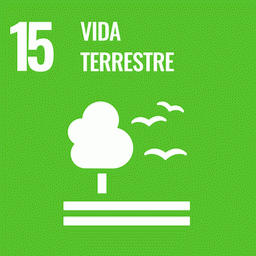The hydrological connectivity of freshwater ecosystems in the Amazon basin makes them highly sensitive to a broad range of anthropogenic activities occurring in aquatic and terrestrial systems at local and distant locations. Amazon freshwater ecosystems are suffering escalating impacts caused by expansions in deforestation, pollution, construction of dams and waterways, and overharvesting of animal and plant species. The natural functions of these ecosystems are changing, and their capacity to provide historically important goods and services is declining. Existing management policies—including national water resources legislation, community-based natural resource management schemes, and the protected area network that now epitomizes the Amazon conservation paradigm—cannot adequately curb most impacts. Such management strategies are intended to conserve terrestrial ecosystems, have design and implementation deficiencies, or fail to account for the hydrologic connectivity of freshwater ecosystems. There is an urgent need to shift the Amazon conservation paradigm, broadening its current forest-centric focus to encompass the freshwater ecosystems that are vital components of the basin. This is possible by developing a river catchment-based conservation framework for the whole basin that protects both aquatic and terrestrial ecosystems.
Relatório de atividades do Observatório do Código Florestal
O Observatório do Código Florestal, rede de entidades que visa a acompanhar a implementação da nova lei ambiental, completa dois anos em maio de 2015 e presta contas do que foi feito neste período.

